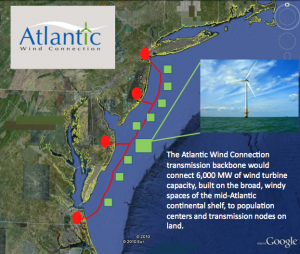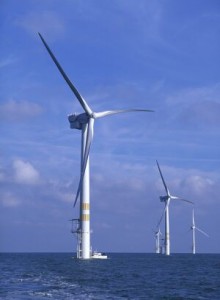POTS (Plain Old Telephone Service) lines proved an extraordinarily rugged communications  system, highly energy efficient, and easy to keep going in the event of power failure (because while the local nodes, known in the trade as “switches” or “central offices” may need emergency generators, they’re not power hungry).
system, highly energy efficient, and easy to keep going in the event of power failure (because while the local nodes, known in the trade as “switches” or “central offices” may need emergency generators, they’re not power hungry).
Another critical point is that while the central offices (C.O.’s) get their power from the local utility or emergency generators, the phones get their power from the central office. Thus, telephone service stays up in a power failure.
Piezo-electric phones are another rugged and extraordinary technology. These are sound powered-telephones. Sound waves of a person’s voice can power a clear and audible signal for up to five miles. (If you’ve seen them in action in the field or in movies, the cranking which precedes the call is for the bell on the other end.) These phones are required in underground mining, on naval ships, and are in use in prisons and jails to provide communications between the two sides of transparent barriers in visiting rooms. (Hence the absence of wires leading from the handsets).
That’s why the copper-wire based POTS system – a network which can survive a power network failure – is so critical. Here’s what James Grahame of Retro Thing reported back in 2009:
AT&T recently informed the FCC that they consider traditional landline telephones to be “relics of a by-gone era.” It’s a sad moment, because it comes as official acknowledgment that Alexander Graham Bell’s quaint analog system is now outdated enough to be a corporate nuisance.
However, the truth is that the plain old telephone service (POTS) has been mostly digital for years. The only analog part of the system is the final run to your house. So, while internet-based Voice Over IP (VoIP) service would be easier to deploy and maintain, those who insist on having a fixed home line won’t see a dramatic difference.
I’m mildly concerned by AT&T’s assertion that, “It makes no sense to require service providers to operate and maintain two distinct networks when technology and consumer preferences have made one of them increasingly obsolete.” Surely they’re intimately aware that the mobile phone network is considerably more profitable than the landline side of the business. Cellular service requires personal handsets, each with its own (often steep) fees and data surcharges. After all, few people replace their landline handsets every 18 months, and texting is out of the question on a rotary phone.
Grahame is on the money here; we think there’s a strong argument to be made for local sound-powered phone networks, say between police stations, hospitals, places of worship and schools (both often used in emergencies for organization and shelter). See also our earlier post, Military leaders conclude simpler technology less failure-prone, more reliable.
Wikipedia Entry: Sound-powered telephone




